Cysts are usually benign growths filled with liquid or semi-solid substances. They can grow everywhere in the human body. Sometimes the cysts may appear beneath the surface of the skin and they can be felt under touch as small bumps not bigger than the size of peas or beans.
There are many types of cysts, among which are ovarian cysts, cysts of the thyroid gland, sebaceous cysts, lipoma, ganglion cysts, cystic acne, and others. The most common types of cysts that tend to occur under the skin are sebaceous cysts, cystic acne, and lipoma.
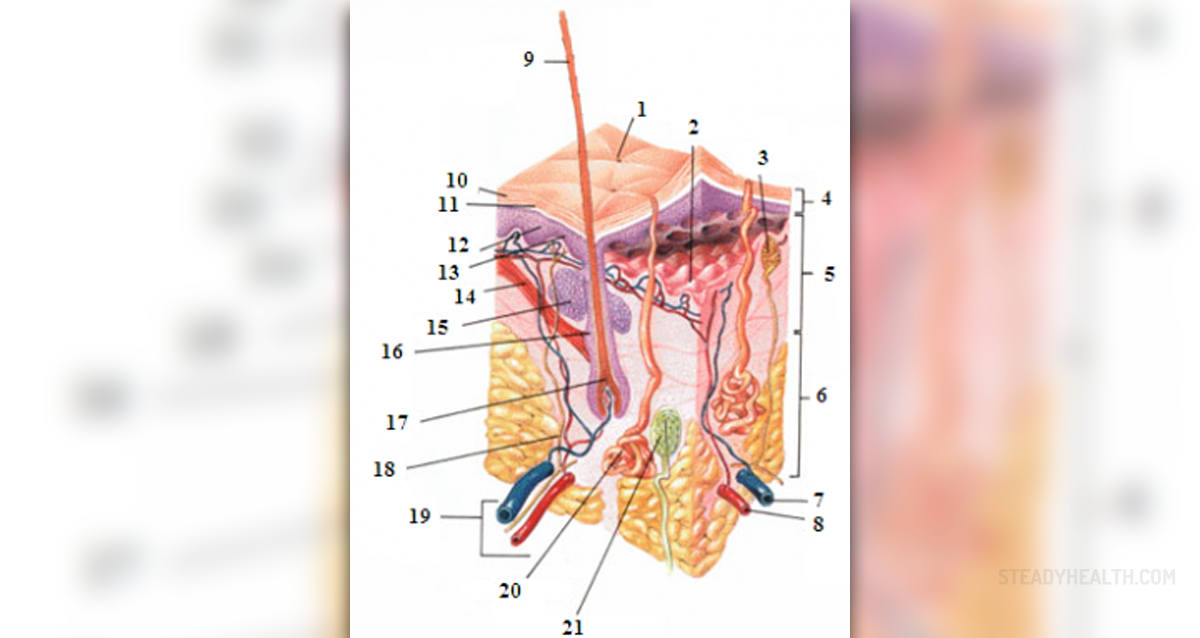
Causes of Cysts Under the Skin
The main reasons for the appearance of cysts under the skin are not established yet, although several potential causes might be responsible for the incidence of this condition. Skin infections and acute skin inflammations are believed to be responsible for cysts under the skin. It is also assumed that cysts under the skin may also be inherited due to certain genes.
- The skin cyst is usually used as a sign in pathological diagnosis. Large or surfaced skin cysts affect patients’ appearance and may cause the dysfunction or accompanying diseases of adjacent tissues. Skin cysts form as a result of the degradation of skin epithelium and appendages, retaining certain characteristics of multipotency. Surprisingly, recent organoid cultures show the formation of cyst configuration as a transient state toward more morphogenetic possibility.
- Cysts can be observed in almost every organ such as skin, kidney, liver, ovary, lung, joint and mammary gland, ranging from microscopic scale to several centimeters in diameter. For example, renal cysts with fluid-filled contents can be observed in a single cyst and several polycystic kidney diseases.
- Skin cysts can form due to mistakes during skin development. For example, variants in PLCD1 are detected in families with multiple trichilemmal cysts. Dermoid cysts form due to the sequestration of ectodermal tissues during embryonic closure. These cysts originated from ectoderm locate in the subcutaneous tissue, but still maintain the multipotency to develop fully differentiated ectopic structures, such as nails and dental, cartilage-like, and bone-like structures. This suggests that the formation of cysts might be a self-protection response to mistakes during skin development.
- Suppresion of histone modification-related enzymes can lead to the failure of hair follicles to regenerate properly, and therefore turn the hair follicles into cysts. For instance, Hdac1 maintains the homeostasis of epidermis and hair follicles. Epithelium-specific knockout of Hdac1 in mice causes hyperkeratosis, hair follicle dystrophy, extensive alopecia, and epithelial cyst-like structures.
Sebaceous Cysts
Another name for the sebaceous cysts is epidermoid cysts. The most common places where these cysts appear are the upper arms, ears, back, and scalp.
Milia are tiny whitish bumps on the skin, while pilar cysts are lumps that appear on the scalp and are filled with a fatty substance called sebum. Sebaceous glands produce sebum and sometimes they can be blocked because of some factors. The sebaceous cysts are round, soft, smooth, and whitish or yellowish. When this cyst bursts, the sebum is semi-solid and of foul smell. Sebaceous cysts usually disappear alone after a couple of days, and they should not be removed until they start to cause pain.
Cystic Acne
Cystic acne is a type of acne that usually affects teenagers. This type of acne is severe and causes pain. Cystic acne occurs in cases of blocked oil ducts, which causes infection. When cystic acne appears, it is recommended to completely clean the skin using certain chemicals, such as benzoyl peroxide and other skin cleansers.
Lipoma
Lipoma, also called lump of fat, is a type of cyst that can also be found beneath the surface of the skin. The lipomas are painless and may even grow to the size of 10 centimeters. However, they are benign fatty growths and should not cause great concerns in the person who develops them under the skin.



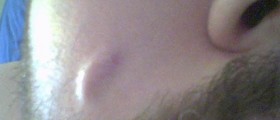
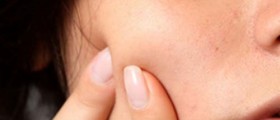


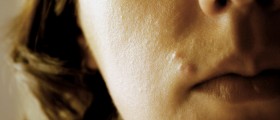


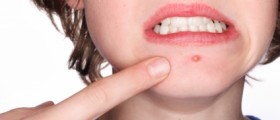




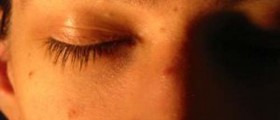

Your thoughts on this
Loading...